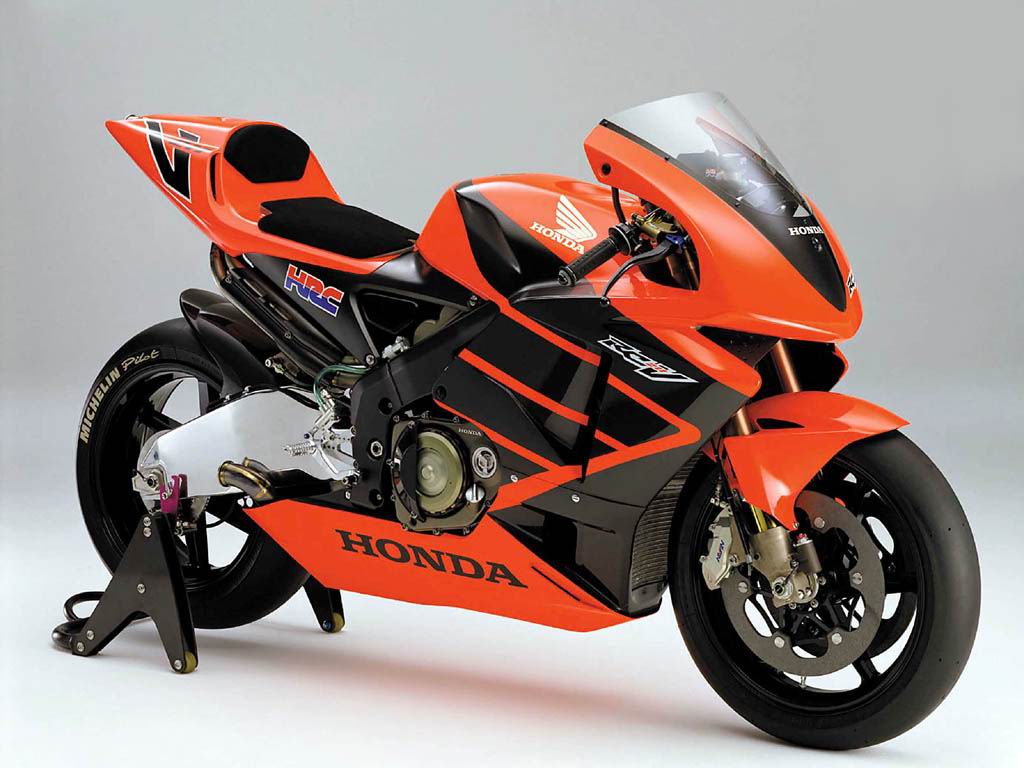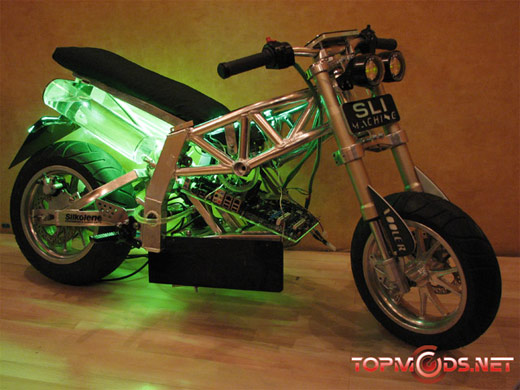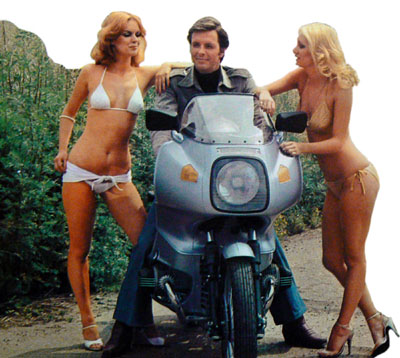 I had the pleasure of acquainting myself with two Velocette mkVIII KTTs at Hockenheim, and riding one around the track at speed; both have an interesting and entwined history, although the origin of one KTT is a bit murky.
I had the pleasure of acquainting myself with two Velocette mkVIII KTTs at Hockenheim, and riding one around the track at speed; both have an interesting and entwined history, although the origin of one KTT is a bit murky.The Velo I rode around the track is a 'numberless' machine (ie no frame or engine numbers), which nowadays would be considered a prime candidate for replica status, although the known history of the machine goes back far enough (to the 1950's?) to indicate that all the parts are genuine ex-Veloce, although they may not have left the factory as a whole motorcycle! This mkVIII was the property of well-known Austrian writer and rider Dr Helmut Krakowizer.

The Velocette race shop of course made quite a few spares to accompany the thousand or so KTTs made from 1929-49(ish), including crankcases and frames, all of which sat in stores at the factory at various times. Immediately prior to WW2, the management of Veloce thought it a good idea to remove some precious contents of the race shop to Australia, in the trusted care of Frank Musset (see photo of '39 TT below). Mussett brought home the ex-Ted Mellor 500cc Works ohc racer, one of the few Works MkVI KTTs built, and at least two of the factory double-overhead-cam cylinder heads, used on the works machines in 1936 only (they were abandoned after costing Stanley Woods a sure TT win that year, when the added stress of the top end gears sheared an Oldham coupling on the cam drive shaft).

In the 1950's, after Veloce closed the race shop, Australian Velo racers Keith Campbell and Sid Willis purchased most of the postwar factory spares and brought them home. English Velocette dealer Reg Dearden bought what was left, and purportedly 'sat on them', although I have a few ex-Dearden KTT spares, bought in the 1970's. It remains an open question whether the Krakowizer bike was built from pre- or post-war spares, as there is little to differentiate the two; Veloce made no major changes to the mkVIII production racer post-war, but did continue to develop their Works machines until 1952. Some (most notably journalist and racer Vic Willoughby) say that the postwar machines were slower than the earlier bikes. It's also certainly possible that Willoughby had brought his prewar mkVIII, KTT813, to a high state of development - winning the only Gold Star at Brooklands for a 350cc machine on petrol - that when he purchased a 'standard' mkVIII from the factory after WW2, it could only have been a disappointment. Willoughby went on to reduce the overall weight of his machine by 50lbs, reshaped the ports, and re-profiled the cam followers for faster lift. Veloce incorporated some of his modifications into the last mkVIIIs (but not the weight-saving!), and in fact increased the cam follower radius on the road-going Thruxton model in response to Willoughby's efforts.

The other Velocette at Hockenheim (I didn't in fact see any others - these two machines were ridden with the 'Museum Team' from the excellent museum adjacent to the track) was the well-known ex-Franz Binder machine (seen above at the 1939 TT - Binder was also an Austrian, given Works support, and I'll add more about him later), which uses an early 'mkVII' engine (KTT 702) in a later mkVIII swingarm frame. The mkVII KTT was produced for one year only, 1938, and 38 machines were made. The new all-alloy engine was fitted into the swingarm frame (with oleo-damped rear suspension units) starting in late 1938, but only one machine was actually delivered in that year, to a 'Leszesynski' in Warsaw, Poland, on November 23 - and the lucky owner wouldn't have had much time to enjoy the machine before things changed dramatically in Poland.

An interesting feature of the Binder machine is use of friction-damped rear suspension units rather than the air-sprung Oleomatic shocks originally designed for this frame. Phil Irving, while in the employ of Veloce in the late '30's, apparently built 3
 pairs of these units (the 'Model O' parallel twin - the 'road' version of the supercharged Roarer - uses them as well), which look exactly like the majority of oil-damped shocks from the 50's-70's - a chromed coil spring over an internal damping unit - see illustration from Dennis Quinlan. The great difference in this case is the use of clamped Ferodo friction tubes around the central damping rod, rather than oil seals and valved chambers. If kept free of oil and grease, these Irving units work acceptably well, although not as well as the Oleos at their best (although these are prone to lose air during a long race), and certainly not as well as a good oil-damped unit.
pairs of these units (the 'Model O' parallel twin - the 'road' version of the supercharged Roarer - uses them as well), which look exactly like the majority of oil-damped shocks from the 50's-70's - a chromed coil spring over an internal damping unit - see illustration from Dennis Quinlan. The great difference in this case is the use of clamped Ferodo friction tubes around the central damping rod, rather than oil seals and valved chambers. If kept free of oil and grease, these Irving units work acceptably well, although not as well as the Oleos at their best (although these are prone to lose air during a long race), and certainly not as well as a good oil-damped unit.
The Binder machine also sports a mkVII petrol tank (identifiable by the notches at the bottom rear of the tank - necessary for clearance on the rigid frame, but not on the swingarm model), and a very unusual engine shock absorber, which uses rubber to cushion metal 'vanes' inside a drum with chambers - much like the interior of a Sturmey-Archer / Norton clutch or prewar Enfield rear wheel hub. This large unit is clearly seen in the second photo from the '39 TT, this one taken between practice and race day. With Binder (on the right) is Frank Musset of Australia (center).

Both of these machines were once property of Dr Krakowizer, and the photo below shows him in 1980 alongside KTT702.










No comments:
Post a Comment